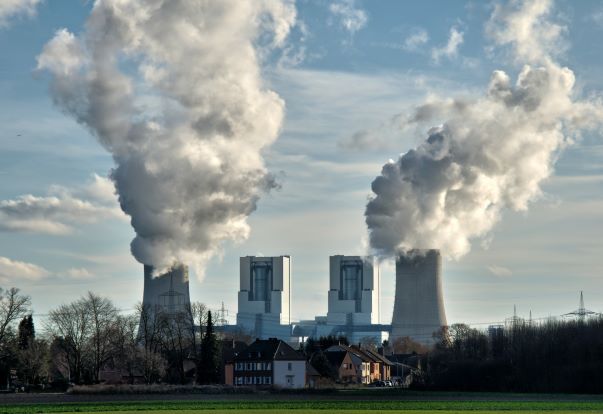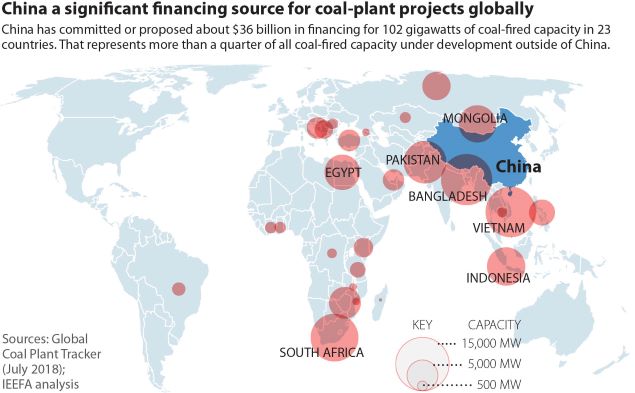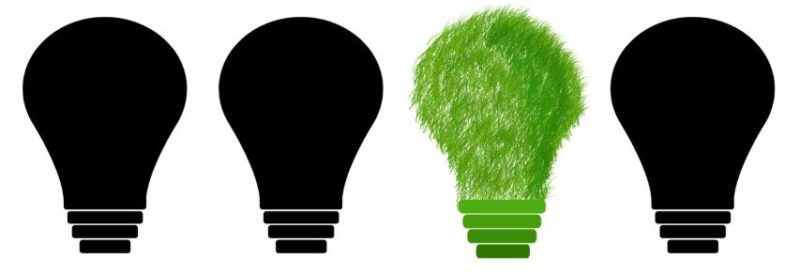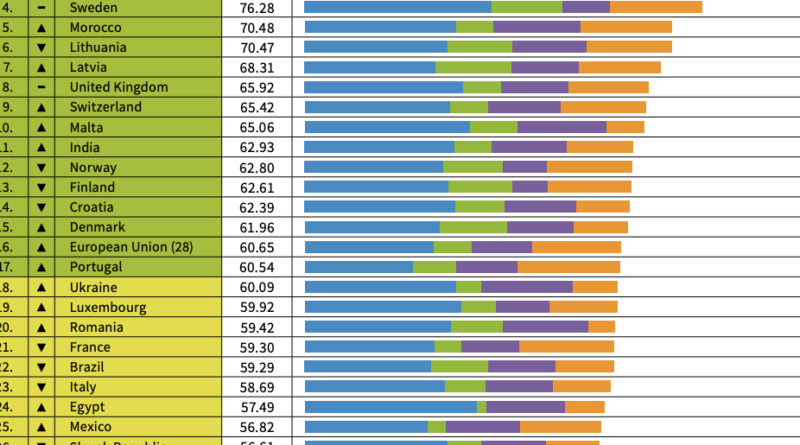Abandoning Coal: Japan Scraps Another Thermal Power Plant, Lessons for India

Three major Japanese energy giants announced this week that they have scrapped plans to explore the feasibility of a 2GW Coal-fired powered plant in the Chiba Prefecture, Near Tokyo. They say that the project was found economically non-feasible after their study.
The companies involved are Japanese petroleum company Idemitsu Kosan, energy company Kyushu Electric Power, and natural gas provider Tokyo Gas. It is further proof of a wide-scale shift away from traditional power generation technologies such as coal and nuclear for the island nation towards renewable energy technologies.
Read more: Japan’s Sustainable Energy Challenge. The World Awaits
What makes this difficult decision good is that many countries got serious about phasing out Coal powered plants was after witnessing the aftermath of 2011 Fukushima disaster in Japan. Japan terrain is unsuitable for large solar or hydel plants which is why the decision is a difficult one.
Germany, one of the world’s biggest consumers of coal, recently took a leaf from the disaster and announced that it will shut down all 84 of its coal-fired power plants over the next 19 years to meet its international commitments in the fight against climate change.
The announcement marked a significant shift for Europe’s largest country — a nation that had long been a leader on cutting CO2 emissions before turning into a laggard in recent years and badly missing its reduction targets. Coal plants account for 40% of Germany’s electricity, itself a reduction from recent years when coal-dominated power production. Twelve of the country’s 19 nuclear plants have been shuttered so far. The plan includes some $45 billion in spending to mitigate the pain in coal regions. The commission’s recommendations are expected to be adopted by Chancellor Angela Merkel’s government.
Another European nuclear market, France made its commitments public. The French President Emmanuel Macron has pledged to shut all of his country’s coal-fired power plants by 2021.“We’ve also decided to make France a model in the fight against climate change”, Mr Macron said at the World Economic Forum in Davos, Switzerland. France only produces around 1 percent of its energy from coal-fired stations, but the commitment is a signal that the country is determined to lead on climate issues.
In 2017, A ‘scrap coal’ group was formed which had members like Portugal, Belgium, Denmark, Italy, France, Finland, Holland, UK, Switzerland, Canada, New Zealand, Ethiopia, Chile, Mexico, and the Marshall Islands to phase out coal from their energy needs. In 2018, UK too rolled out a phase-out plan to shut all its 8 Coal powered thermal plants by 2025.
Surprisingly, the US, where President Donald Trump has been making noises about supporting coal, the number of ‘retirements’ announced since 2010 has crossed the 200 mark, a big blow to that country’s 545 odd coal plants. and their own carbon footprint. Most of these have been decided on cold numbers, making light of Mr Trump’s plans to let easier regulations and more support the industry.
Read: A €45 billion Renewable Opportunity in France, as it Turns off Nuclear
Japanese are not just scrapping plans in their country. Another Japanese energy giant Hitachi recently announced scrapping plans for its new £20billion pound nuclear power plant in Wales in January. This announcement follows an earlier decision by fellow Japanese company Toshiba to abandon plans for a nuclear power station in Cumbria. Hitachi added that it had made ‘strong progress’ on the project, but had not been able to reach agreement on financing and associated commercial arrangements due to Brexit.
Read more: Falling Costs sees Japanese Coal Giant Invest in Renewables
Lessons for India
India faces the unique challenge of transitioning to renewables in half the time Europe effectively had, for instance. India has responded predictably, by changing the rules for starters. Thus, we have asked for more time, despite the writing on the wall, that an extended transition by 2050 and beyond will probably neither work, nor be good for the environment. An example . The Institute for Energy Economics and Financial Analysis (IEEFA) in its latest report on the proposed Khurja Thermal plant raised serious questions and recommended re-evaluation of the proposal against severe air pollution in Delhi. IEEFA’s analysis shows that power generated at the Khurja plant would likely be sold for Rs 5.67/kilowatt hours, while renewable energy prices today are only +/- Rs 3/kilowatt hours. They further add that the economics of the project look dim and urge for re-evaluation of Khurja proposal as Khurja will likely add to the Power Finance Corporation’s Rs 31,000 crore of stranded assets.
Read: Moody’s Report: India to have 18% of renewable energy in electricity generation mix
So while the Government plans to add 175 GW of renewable power in its energy mix, it has to look closely how quickly and swiftly these targets will get met. More interestingly, India has scope to improve its energy efficiency too, where it ranks at no. 15 globally. In areas like buildings, there remains major scope to improve energy efficiencies and reduce consumption, rather than just focus on more production.
image courtesy: CoalJapan.com and Carbon Brief.com











